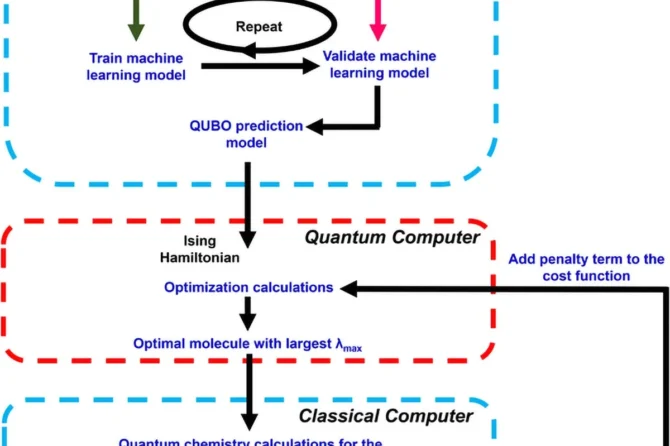Josephson junctions and superconducting quantum interference devices with graphene or other 2D materials as the weak link between superconductors have become a hot topic of research in recent years, with respect to both fundamental physics and potential applications.
A Josephson junction is a quantum electronic device that consists of two superconductors separated by a very thin barrier, typically an insulator or a non-superconducting metal. This barrier, often just a few nanometers thick, allows pairs of electrons (called Cooper pairs) to tunnel through it, creating what’s known as the Josephson effect.
The device was predicted by Brian Josephson in 1962 when he was a graduate student at Cambridge University. He later won the Nobel Prize in Physics in 1973 for this theoretical work. The remarkable thing about Josephson junctions is that they exhibit quantum effects at a macroscopic scale.
There are two key phenomena associated with Josephson junctions. The first is the DC Josephson effect, where a direct current can flow through the junction with zero voltage drop – something impossible in normal conductors. The second is the AC Josephson effect, where applying a constant voltage across the junction results in an alternating current with a frequency that’s proportional to the voltage.
These unique properties make Josephson junctions incredibly useful in various applications. They’re used in extremely sensitive magnetic field detectors called SQUIDs (Superconducting Quantum Interference Devices), which can detect magnetic fields millions of times weaker than Earth’s magnetic field. They’re also becoming increasingly important in quantum computing, where they can serve as quantum bits (qubits) or as essential components in superconducting quantum circuits.
Researchers at Aalto University have yet reported ultrawide Josephson junctions (up to 80 μm wide) based on chemical-vapor-deposition graphene where the critical current was found to be uniformly distributed in the direction perpendicular to the current. They now have demonstrated that the unusually large Josephson penetration depth λJ that this corresponds to is enabled by the unique geometric structure of Josephson junctions based on 2D materials.
The article has been published in Journal of Applied Physics.




